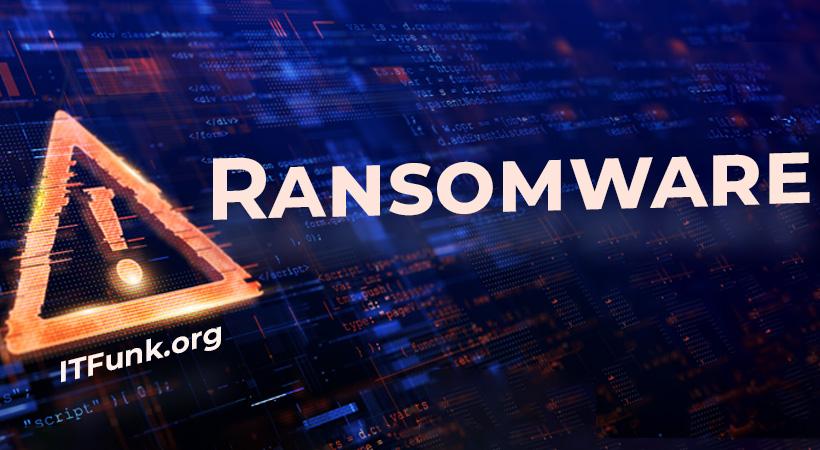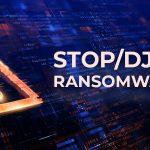34678 ransomware is a type of malware that belongs to the Dharma ransomware family. This malicious software encrypts all the data on your computer, including photos, text files, excel sheets, audio files, and videos, and adds its own extension to every file. It also leaves a “README!.txt” file in each directory containing the encrypted files. 34678 ransomware typically renames files following this pattern: id-xxxxx.[contact-email].34678.
Dangers Posed by 34678 Ransomware
34678 ransomware poses serious risks to your computer and data, including:
- Data Encryption: It encrypts your files, rendering them inaccessible without the decryption key.
- Ransom Note: After encryption, a ransom note named “README!.txt” appears in each folder with encrypted files, providing instructions for contacting the attackers and making a ransom payment.
- Data Exfiltration: The ransomware may also download other confidential information from your system, including employee data, customer information, and internal company documents.
- Potential Data Sale: Attackers threaten to sell your data on the black market if you refuse to pay the ransom, exposing you to various risks, including identity theft, lawsuits, and financial penalties.
Ransom Note Text
The ransom note, usually named “README!.txt,” contains the following text:
Your data has been stolen and encrypted!
email us
teligent@onionmail.orgHow 34678 Ransomware Spreads
34678 ransomware can infiltrate your computer through various common methods:
- Email Spam: Attackers often send malicious emails that appear as notifications from legitimate sources, such as utility services companies or delivery agencies. These emails typically contain harmful attachments.
- Trojan Injection: The ransomware may be disguised as a legitimate file or software update, infecting your system when you download and run it.
- Peer File Transfer: 34678 can also spread through peer-to-peer networks like torrents or eMule. It’s essential to exercise caution when downloading from these sources.
Removing 34678 Ransomware
Removing 34678 ransomware from your system is a crucial step to regain control of your files. While we won’t provide specific software recommendations, here are the general steps to remove the ransomware:
- Isolation: Disconnect your infected computer from the internet to prevent further communication with the attackers.
- Backup: If possible, make backups of your encrypted files to avoid data loss during the removal process.
- Antivirus Scan: Run a reliable antivirus or anti-malware program to detect and remove the ransomware from your system. Ensure the software is up-to-date.
- Manual Removal: Manually remove any suspicious or malicious files associated with 34678 ransomware from your computer. Be cautious when handling system files, as deleting the wrong ones can cause issues.
- Recovery: After removing the ransomware, you can attempt to recover your files from backups or use decryption tools if they are available.
- Prevention: To protect your system against future ransomware infiltrations, practice safe internet usage, avoid opening suspicious email attachments, only download software from reputable sources, and regularly update your operating system and security software.
Note: The steps mentioned above are general guidelines for removing ransomware. Depending on the specific variant of 34678, there may be additional steps or tools required. Always consult with a professional or follow official guidance provided by your antivirus software for the most accurate removal instructions.
Conclusion
In conclusion, 34678 ransomware represents a significant and ever-present threat to computer users, as it can encrypt valuable data and hold it hostage until a ransom is paid. Understanding the potential dangers associated with this type of malware and the methods it uses to infiltrate systems is crucial for individuals and organizations looking to protect their digital assets. While prevention remains the most effective defense, removing 34678 ransomware is a complex and delicate process, requiring careful steps to mitigate its impact. The ransom note, as seen in the provided example, underscores the seriousness of the consequences for those affected by such attacks.
In today’s rapidly evolving digital landscape, where cyber threats continue to grow in sophistication, proactive cybersecurity measures are of paramount importance. Vigilance in identifying phishing attempts, cautious downloading habits, and regular software updates can help reduce the risk of falling victim to 34678 and similar ransomware attacks. Furthermore, maintaining secure and up-to-date backups of critical data remains a fundamental strategy to minimize data loss and enable a more effective recovery process in case of an infection.
It is crucial to recognize that 34678 ransomware is just one of many malicious programs that threaten computer systems and data security. As cybercriminal tactics continue to advance, staying informed and implementing robust cybersecurity practices becomes an ongoing necessity. By adhering to these best practices and by emphasizing the importance of education and awareness, individuals and organizations can fortify their defenses against the ever-present menace of ransomware and other malware, safeguarding their digital environments and the integrity of their data.





